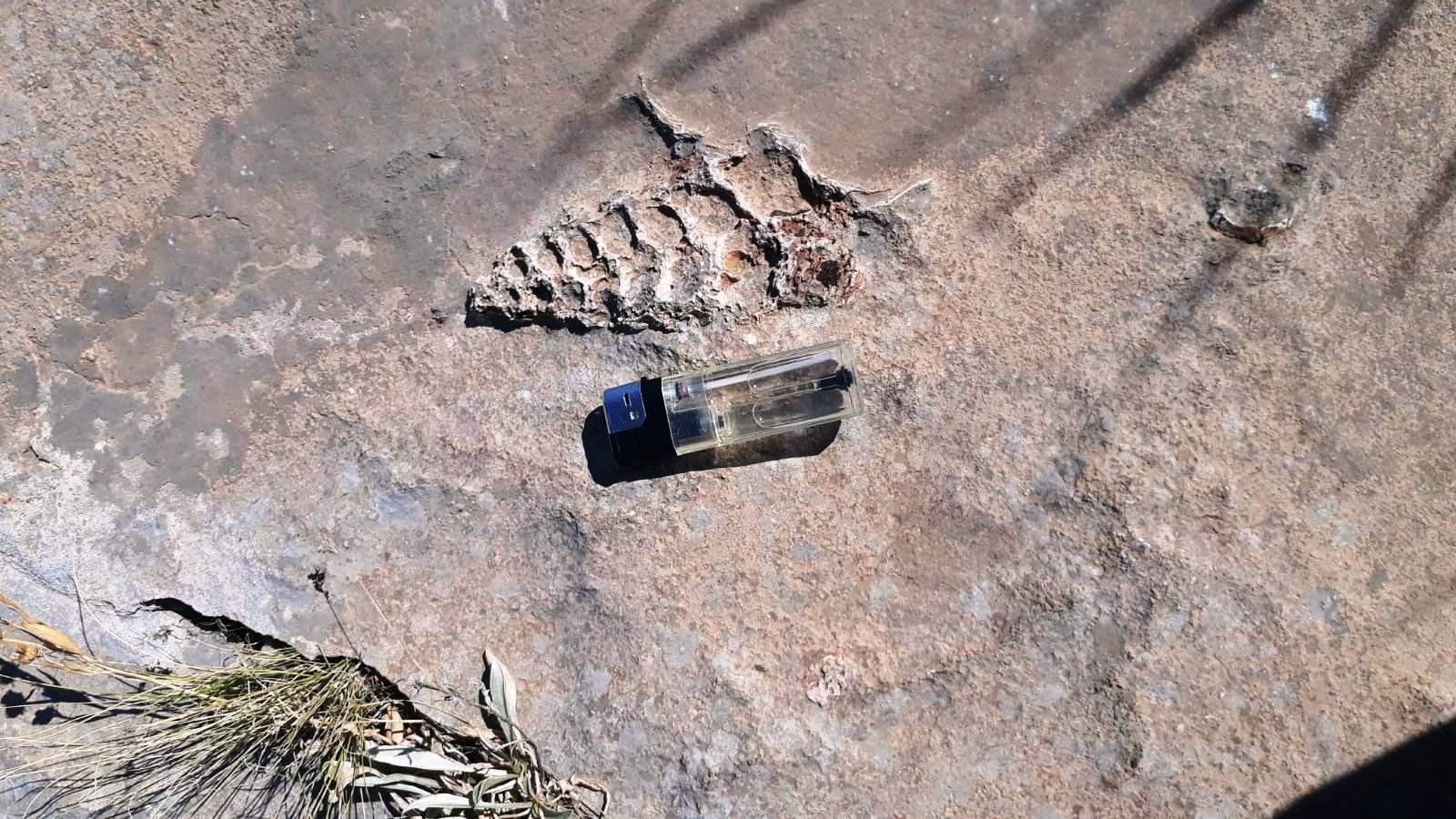© Turkuvaz Haberleşme ve Yayıncılık 2025
A shepherd in southeastern Turkey's Adıyaman province came across a million-year-old prehistoric find while on his daily walk on Monday.

The man spotted a relief-style figure on a rock in the Şahkolu village of Sincik district, prompting the villagers to make a call to the Adıyaman Museum Directorate. After careful examination, it was determined that the figure was of an animal fossil belonging to a generation of gastropods that lived mostly in seas, some in fresh and brackish waters, and some on land.
Mehmet Alkan, the director of the museum, said the fossil is about 20 centimeters (8 inches) long and 7 centimeters wide. "Through our research, we found that this fossil has a history of about 70 million years," he told Anadolu Agency (AA).
Villager Orhan Korkmaz said that the fossil had become the talk of the town, and many people were coming to the area just to photograph the find.
There have been previous discoveries of snails and marine animals in Adıyaman, with the most recent being a 49-centimeter-long specimen.
More commonly known as snails and slugs, gastropods belong to a large class of invertebrates and are discernible by their single and usually coiled shell. The largest gastropod to date was found in Australia. The giant whelk was a marine gastropod with a shell that reached 70 centimeters in length.
